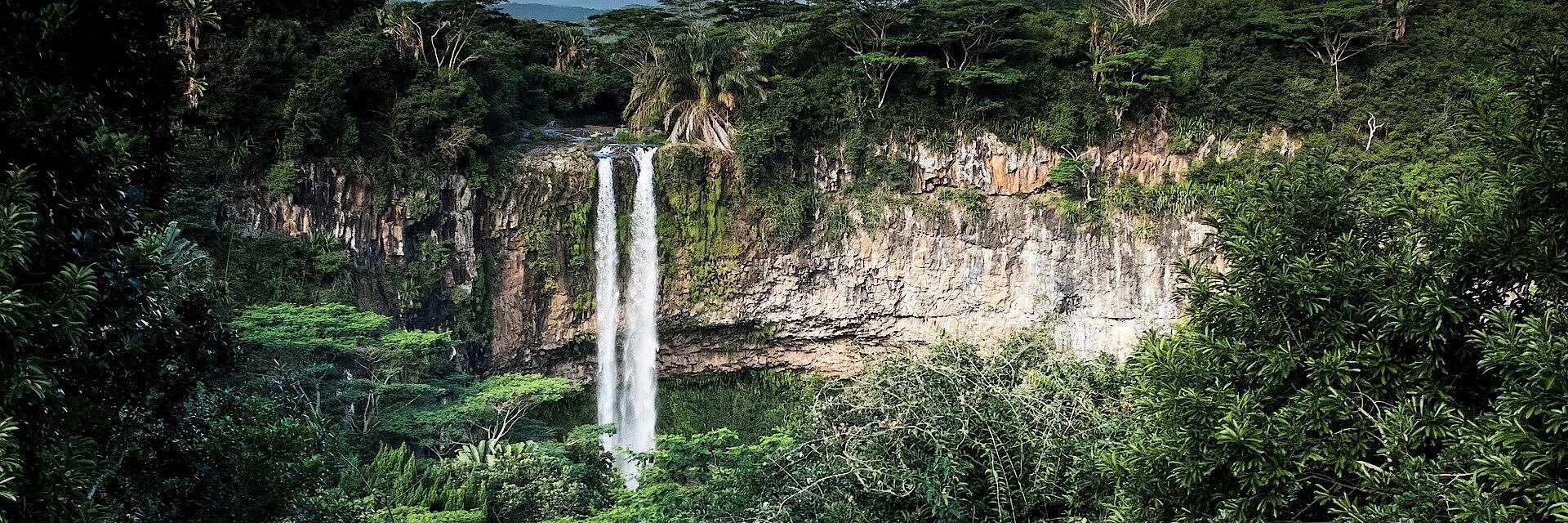The Importance of Rainforests

While rainforests may seem like a distant concern, these ecosystems are critically important for our well-being.
Rainforests are often called the lungs of the planet for their role in absorbing carbon dioxide, a greenhouse gas, and producing oxygen, upon which all animals depend for survival. Rainforests also stabilize climate, house incredible amounts of plants and wildlife, and produce nourishing rainfall all around the planet.
Biodiversity
Tropical forests cover only twelve percent of the land-area of the Earth, yet they are home to between 50 and 90 percent of the world's species. Because of tropical deforestation, at least one species is disappearing every day. This rate of extinction is now 400 times faster than at any other period in the history of the planet.
Medicines
Rainforests are a vital source of medicines. Today, less than 1 percent of the worlds tropical forest plants have been tested for pharmaceutical properties, yet a quarter of all modern medicines came originally from rainforests. Most were first discovered and used by indigenous people.
Food Diversity
Rainforests also offer a bounty of foods. Foods that we use today which originated in rainforests include coffee, cocoa, many fruits and nuts, spices, rice, and other products such as rubber, gums, resins, dyes, tannins and cane. Of an estimated 75,000 edible plants found in nature, only 150 enter world commerce and only 20 (mostly domesticated cereals) stand between human society and starvation. This makes modern agriculture extremely vulnerable to pests, diseases and changes in climate. Genes from wild plants can be used to fortify modern varieties against this vulnerability. Without rainforests, this opportunity is lost, as is the chance to develop entirely new food plants.
Climate
Tropical forests regulate global and regional climate-systems by acting as heat and water pumps. They release moisture into the atmosphere which returns to the ground as rain. When the forest is cleared, the water cycle is disrupted, temperatures increase, droughts become common, and eventually deserts may form. For example, the drought in the Sahelian belt (south of the Saharah Desert), has been attributed to deforestation in West Africa. Estimates suggest that tropical deforestation currently contributes at least 19% of greenhouse gas emissions. Tropical forests have been described as "the lungs of the Earth". However in mature primary forest, storage and release of carbon is in balance. Carbon-dioxide consumed during photosynthesis is equalled by that released when organic matter decays. A standing forest acts as a store or sink of carbon. On the other hand, when forests are burned or logged and the debris left to decay, carbon dioxide is released into the atmosphere.
Prevention of Flooding, Soil Loss and Siltation
Tropical rainforest soils are very old and have been impoverished by eons of high rainfall leaching away their mineral nutrients. The forests have evolved to cope with this by rapidly recycling nutrients. Forest litter, and the droppings and remains of animals are quickly decomposed, releasing nutrients for uptake. Most nutrients are only available from this decomposing layer, so many rainforest trees are shallow-rooting and have buttresses for support.
Rainforests act like giant sponges, soaking up moisture, and then releasing it slowly. This moderates the flow of rivers thus preventing flooding and ensures that rivers and creeks continue to flow during periods of lower rainfall.
When the forest is cleared, rain falls directly onto the compacted soil, often resulting in serious soil-erosion, siltation and flooding. Major floods in southern Thailand, Bangladesh and the Philippines have been attributed to forest clearance.
Once the nutrient recycling-system is broken down, the land can't support human activities such as cattle ranching for more than a few short years.